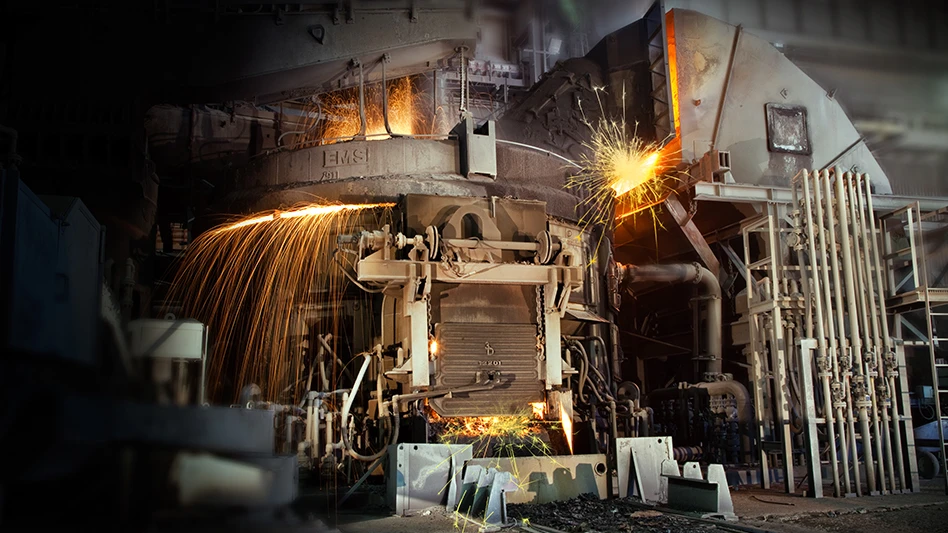
Photo courtesy of Nucor Corp.
The Steel Committee of the Paris-based Organisation for Economic Co-operation and Development (OECD) has released a statement pointing to a “further increase in global steel excess capacity” as one of several problems facing the sector globally. The committee also predicted global steel output growth of 1 percent or less for 2023.
The OECD, which consists of 38 countries with some of the highest average incomes per capita, also expressed its “deep concern about Russia’s aggression against Ukraine and its impact on global steel markets, contributing to a continued stagnation in world steel trade, disruptions in raw material markets and increased market uncertainty.”
Statement co-authors and committee Vice Chairs Sheryl Groeneweg and Lieven Top said the Russian invasion of Ukraine, one year on, was “compounding the already poor steel market conditions being caused by a plethora of concurrent factors including increased cost pressures on steel producers and ever-growing excess steelmaking capacity.”
The OECD Steel Committee, which met in mid-March, says it has launched a Global Steel Supply Chain Observatory, “aimed at assisting members and industries with real-time monitoring of raw material markets and related policy measures, providing a platform for finding solutions and reducing risks and vulnerabilities.”
Decarbonization also was on the OECD Steel Committee agenda, with the group saying its members “discussed its role and ambitious work program on steel decarbonization, and how its mandate of ensuring a level playing field and open markets can support this fundamental industry transformation that is occurring via different instruments and at various speeds worldwide.”
The downturn in China, which the committee noted makes 47 percent of the world’s steel, also drew the committee’s concern, “particularly given the current market slowdown from an ailing real estate sector and possible steel demand declines in the coming years.”
As the committee met, the China Iron and Steel Association (CISA) disclosed producers in that nation had made 3.08 percent less steel as a daily average in the first 10 days of March compared with the final week in February. According to India-based Steel Orbis, citing CISA, “Inventory levels in the Chinese market increased in the [March 1-10] period.”
Regarding current and looming trade issues, the OECD Steel Committee said its members had “agreed to strengthen their work on the impacts of market-distorting subsidies and other government support on excess capacity, trade and the viability of the steel industry while encouraging decarbonization of the steel sector under conditions of fair competition.”
Nonetheless, the committee said it’s possible the world’s steel producers will not face a second straight year of global output decline. However, said the OECD, “Growth in global steel demand is expected to be limited to only 1 percent in 2023.”
Latest from Recycling Today
- IDTechEx predicts REE recovery growth
- Tomra executive predicts DRS growth
- Heil introduces a Common Body platform for its DuraPack Python and Half/Pack models
- Wieland acquires Techni-Cast
- Fornnax to participate in World Future Energy Summit
- Richard S. Burns expands TommyCart System in Chicago and Texas cities
- Sierra International Machinery transitions leadership
- BlueScope board rejects takeover bid





